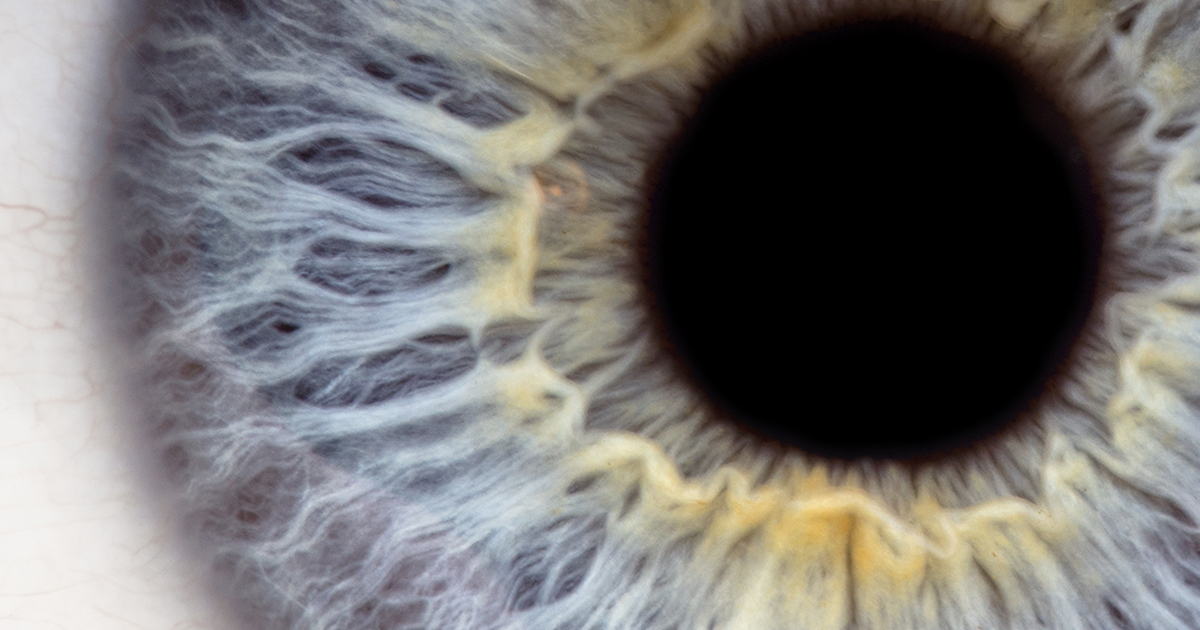AI and Retinal Disease: More Approaches Keep Emerging

Artificial intelligence (AI) is making waves in diagnosing retinal disease. Computers with this technology can be quicker and less expensive than a doctor, but can they be trusted to get it right?
New AI methodologies that aim to answer this question seem to be emerging weekly. Just a few weeks ago, OIS Weekly reported on two entries in the AI diagnosis field, one from IDx, and one from a team at Moorfields Eye Hospital in London, using Google DeepMind. Both have made significant strides in developing systems that may help relieve doctors of the repetition of viewing scans. Since then, more reports have been published about using AI in diagnosing retinal disease.
Machine Versus MD
Now, Lily Peng, MD, PhD, and colleagues at Google Research in California are working to make their system even better, by adding the input of retina specialists into the software. They say, in an article published online in the journal Ophthalmology, that this addition improved the software so that its accuracy in diagnosing diabetic retinopathy was roughly equal to that of retina specialists participating in the study.1 The research team also involves investigators from Palo Alto Medical Foundation in California, and Oregon Eye Consultants in Eugene. Dr. Peng and colleagues previously reported on AI in diabetic retinopathy in the Journal of the American Medical Association.2
Previously, Dr. Peng and her team fed thousands of retinal scans into neural networks, so computers could learn how to find early warning signs of retinopathy. To improve on what was already done, Dr. Peng’s team compared the computer’s findings with manual grading performed by three general ophthalmologists and three retina specialists. Incorporating that grading ultimately improved the accuracy of the software. “We believe this work provides a basis for further research and raises the bar for reference standards in the field of applying machine learning to medicine,” Dr. Peng says in a press release from the American Academy of Ophthalmology.
Using Transfer Learning
Another approach comes from researchers at the Shiley Eye Institute at UC San Diego Health and University of California San Diego School of Medicine, and their colleagues in Texas, China, and Germany, who have also developed software for detection of retinal disorders.
Current AI systems require the feeding of thousands of scans into a system. Those scans “teach” the computer what to look for. For this software, the researchers, led by Kang Zhang, MD, PhD, professor of ophthalmology at the Shiley Eye Institute and founding director of the Institute for Genomic Medicine at UC San Diego School of Medicine, used transfer learning, in which the computer can apply what it has previously learned to find slight differences between seemingly similar problems. This enables the AI system to learn more efficiently with fewer scans.
The Shiley Eye Institute researchers also employed occlusion testing, which allows them to understand more about what the computer is looking at to make decisions. “Machine learning is often like a black box where we don’t know exactly what is happening,” Dr. Zhang says. “With occlusion testing, the computer can tell us where it is looking in an image to arrive at a diagnosis, so we can figure out why the system got the result it did. This makes the system more transparent and increases our trust in the diagnosis.”
Dr. Zhang and colleagues published a study in the journal Cell that focused on macular degeneration and diabetic macular edema.3 Their analysis compared the diagnoses from the computer with those from five ophthalmologists who reviewed the same scans. The computer also made referral and treatment recommendations.
The authors say that with simple training, the machine performed similarly to a well-trained ophthalmologist, and could generate a decision within 30 seconds on whether or not the patient should be referred for treatment, with more than 95% percent accuracy.
Computers and artificial intelligence will never replace doctors for reading scans and understanding how to diagnose disease. But if the machines can do a good job for routine cases, that leaves more time for doctors to do the tough ones.
For questions about this article, please contact Steve Lenier at Steve@stevelenier.com.
REFERENCES
- Krause J, Gulshan V, Rahimy E, et al. Grader variability and the importance of reference standards for evaluating machine learning models for diabetic retinopathy. Ophthalmology. Published online March 2, 2018. pii: S0161-6420(17)32698-2. doi: 10.1016/j.ophtha.2018.01.034.
- Gulshan V, Peng L, Coram M, et al. Development and validation of a deep learning algorithm for detection of diabetic retinopathy in retinal fundus photographs. JAMA. 2016;316:2402-2410.
- Kermany DS, Goldbaum M, Cai W, et al. Identifying medical diagnoses and treatable diseases by image-based deep learning. Cell. 2018;172:1122-1131.
